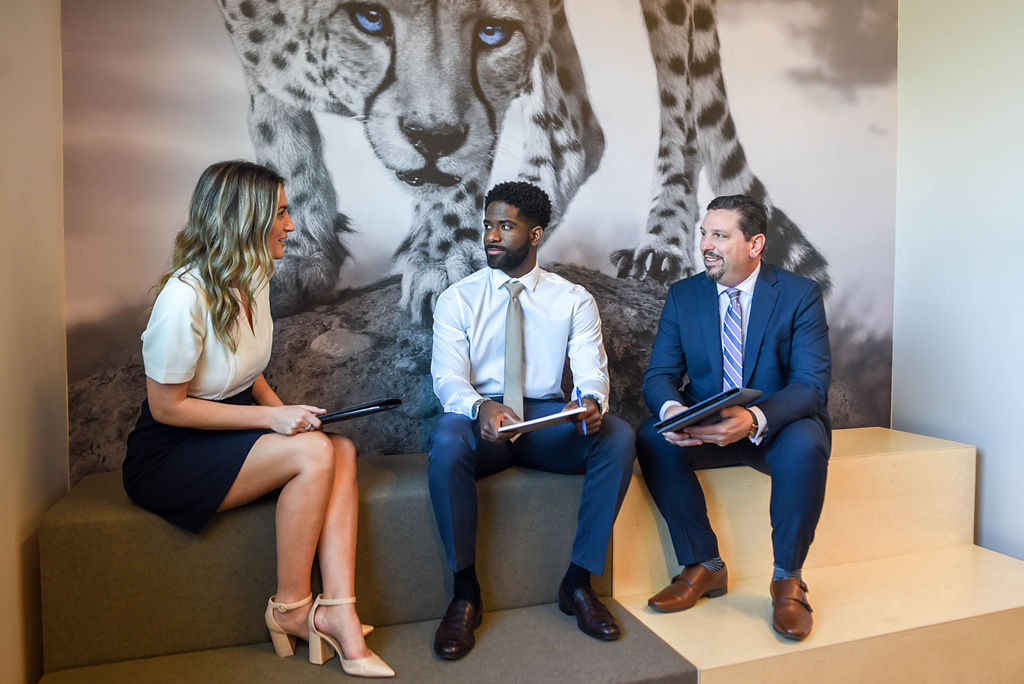Company Culture Is Taking Center Stage in 2023: Here’s What HR Teams Need to Address
by Julie Turpin, Chief People Officer at Brown & Brown Insurance
It’s a volatile time for Chief Human Resources Officers (CHROs) and anyone responsible for HR, as the pressure from all departments to hire and retain quality employees during today’s volatile work environment can be intense and real.
Only 24% of hybrid and remote workers believe they are connected to their company’s culture.[1] Because of this, showing up for your employees, yourself and others has never been more important.
Here are 6 areas that I believe HR teams need to prioritize in 2023 to hire quality candidates and retain their strongest employees:
1. Mental health. So much is piling up on our teammates and humankind in general — the effects of the COVID-19 pandemic, the continuing evolution of the workplace, the instability of the political marketplace, the war in Ukraine, the stock market and inflation —just to name a few. There’s a lot to process, and stress levels are increasing. People weren’t meant to be at home 24/7, so proactively prioritizing mental health is essential to create a thriving culture of connectedness in the workplace and beyond.
TIP: Check on your teammates. Ask them specifically how they are doing and what you can do to guide and support them. According to the National Alliance on Mental Illness, 52% of employees do not think their company is doing enough for their mental health.[2]
At Brown & Brown, we established a mental health teammate resource group (TRG) to educate and provide opportunities for teammates to discover how mental health factors into work and life long term.
2. Hybrid work. Creating a sense of community is critical to achieving a thriving work culture. 61% of HR leaders share that the culture is crucial to the success of a hybrid work model — even more so than for on-site work environments.[3]
TIP: Investing in a hybrid work option gives employees the power of choice, as it empowers and allows them to navigate their work-life balance.
3. Diversity, inclusion & belonging. An essential aspect of DIB is the employees’ sense of belonging. All team members want to feel like they contribute and belong. Moving beyond the surface level of hiring people from diverse backgrounds, DIB is about empowering and guiding employees to perform at their highest potential — individually and collectively — by providing a space of inclusion. Belonging takes time to establish and a willingness to listen from leadership.
Here are three ways to engage DIB in 2023:
- Establish a strategy that reflects your organization’s identity — don’t just create goals. Consider: What are your organization’s goals, and what are your teammates’ goals? Use a variety of stakeholders to build your strategy.
- Create a sense of community and culture, so team members feel like they belong. There’s nothing worse than hiring a bunch of diverse candidates without creating a culture to support belonging first. Examine how you can successfully build a community of inclusion.
- Structure communities like TRGs to support people and let them be curious. This helps businesses grow.
TIP: Brown & Brown conducts an annual survey that provides insight into teammate experiences. Because of this, we’re seeing an uptick in requests from teammates interested in developing their own TRG. These requests support our mission of belonging. Currently, we have four TRGs: LGBTQ+, Black/African American, women and mental health. With more to come!
4. Talent development. Find ways to engage, lead and develop teammates who want to take a leadership role because active development keeps us competitive in the marketplace and is a commitment to our teammates’ growth. Unfortunately, there’s often no leadership training; we just lead or manage based on how we’ve been led or managed. Help employees fill their wisdom pack with tools they can access to help them on their road toward leadership.
Remember, how you show up in a challenging economy or business climate depends on how you invest in your team ahead of time. Map out pathways and create road maps for individuals to use as a guide today. This investment will allow them to see a future with your organization.
TIP: Build a program based on input from your most junior leaders. Ask them what core skills and insights were lacking when they took on their new role to help build your organization’s programs.
5. Recruiting processes. Take control over your recruiting process by training recruiters in the art of cold calling. I believe a revival of this legacy tactic will be necessary for 2023 and beyond.
TIP: Use your sales team’s approach as a guide. Map out a process and a program to prepare leaders for interviews and hold mock interviews to help them frame better questions. Proper preparation can help you recruit and retain good top talent.
6. Employee benefits. With the current cost of health care, it’s important to understand what is happening in the marketplace to see the solutions available. From a total rewards perspective, make sure you’re scanning the marketplace to determine what makes sense for your organization and strategically decide how much your business can take on. The goal is to consistently improve your employee benefits over time.
Consider using a mental health navigator instead of an employee assistance program (EAP) to take care of the mental health of your teammates. While traditional EAPs focus on solutions to stressors (financial, social, health, etc.) that can affect job performance, a mental health navigator helps employees with personalized support to identify counselors and service providers.
TIP: Evaluate the benefits programs of larger organizations and little startups because sometimes bigger companies aren’t as innovative as smaller ones. Every six months, our team at Brown & Brown sends a report about some of the new and innovative things happening in the benefits world. It also includes the creative directions some businesses are using to support their teams.
The Takeaway: Recruitment is not a “one and done” affair that wraps up after new hire paperwork is signed. Remember:
- Mental health is just as crucial as physical health benefits, and how we support our teams in this area can make or break retention efforts.
- Hybrid teammates need a vibrant workplace environment, both on-site and when they’re remote.
- People want to belong. Create community in-house first and weave sincere DIB efforts to the forefront of your recruitment strategy.
- Take time to investigate and understand the unique opportunities emerging around employee benefits and community connection.
[1] Gartner “Gartner Says HR Leaders Are Struggling to Adapt Current Organizational Culture to Support A Hybrid Workforce,” May 17, 2022.
[2] National Alliance on Mental Illness “StigmaFree Company.”
[3] Gartner “Gartner Says HR Leaders Are Struggling to Adapt Current Organizational Culture to Support A Hybrid Workforce,” May 2022.

PurposeFULL Leadership
How Personal & Professional Growth Can Help You Lead A Fullfilled Life
by Julie Turpin, Chief People Officer at Brown & Brown Insurance
Subscribe to Julie’s PurposeFULL Leadership monthly newsletter and view this blog on LinkedIn here.








